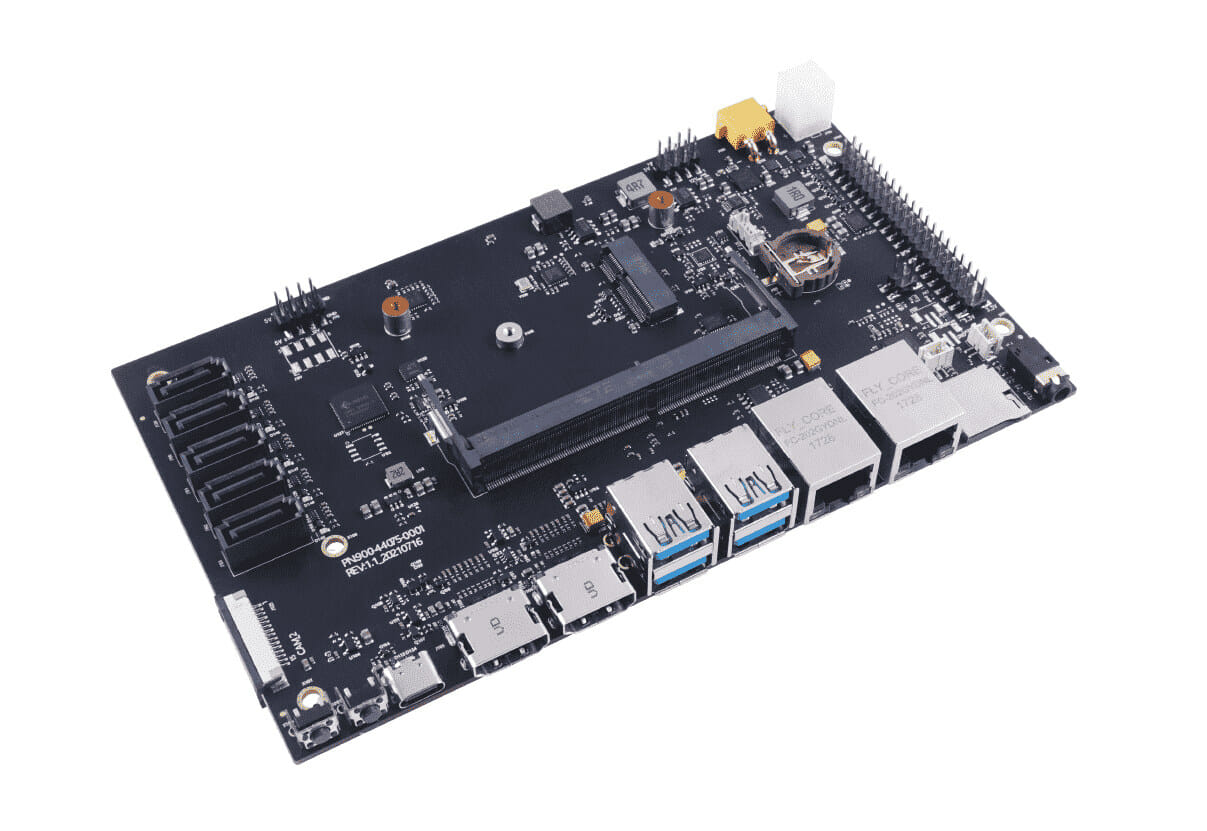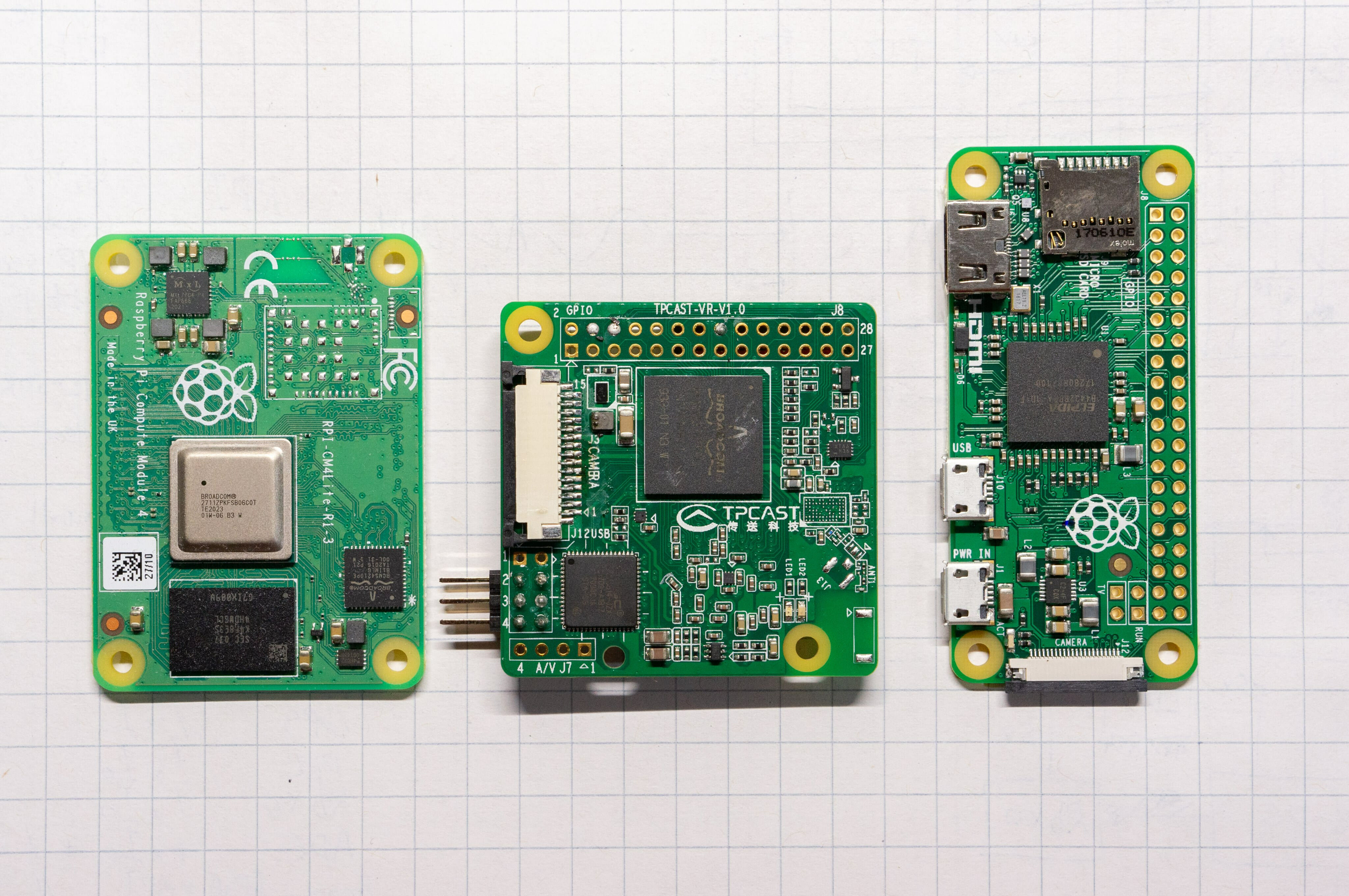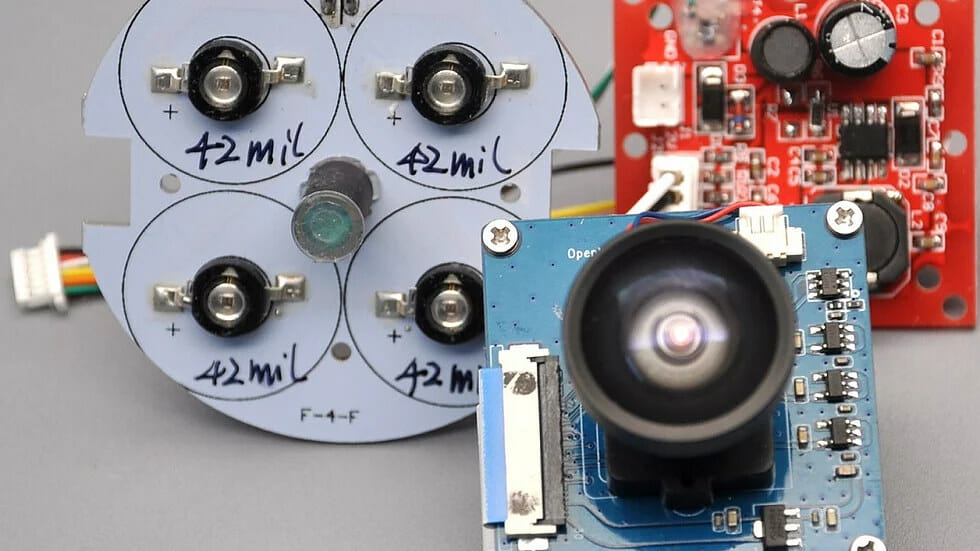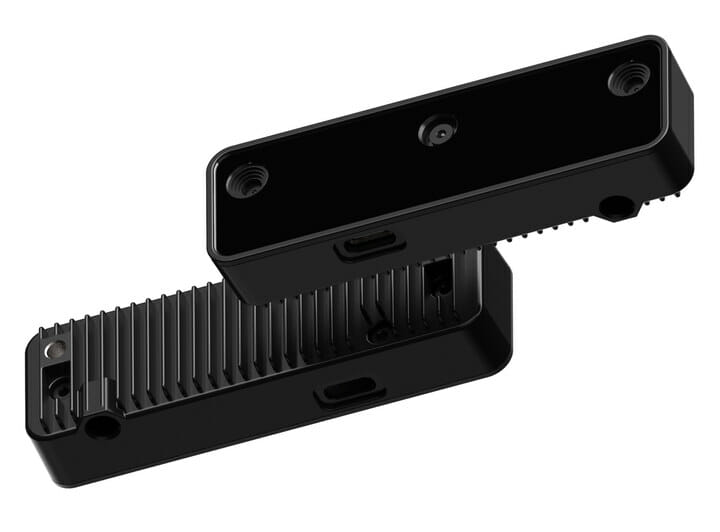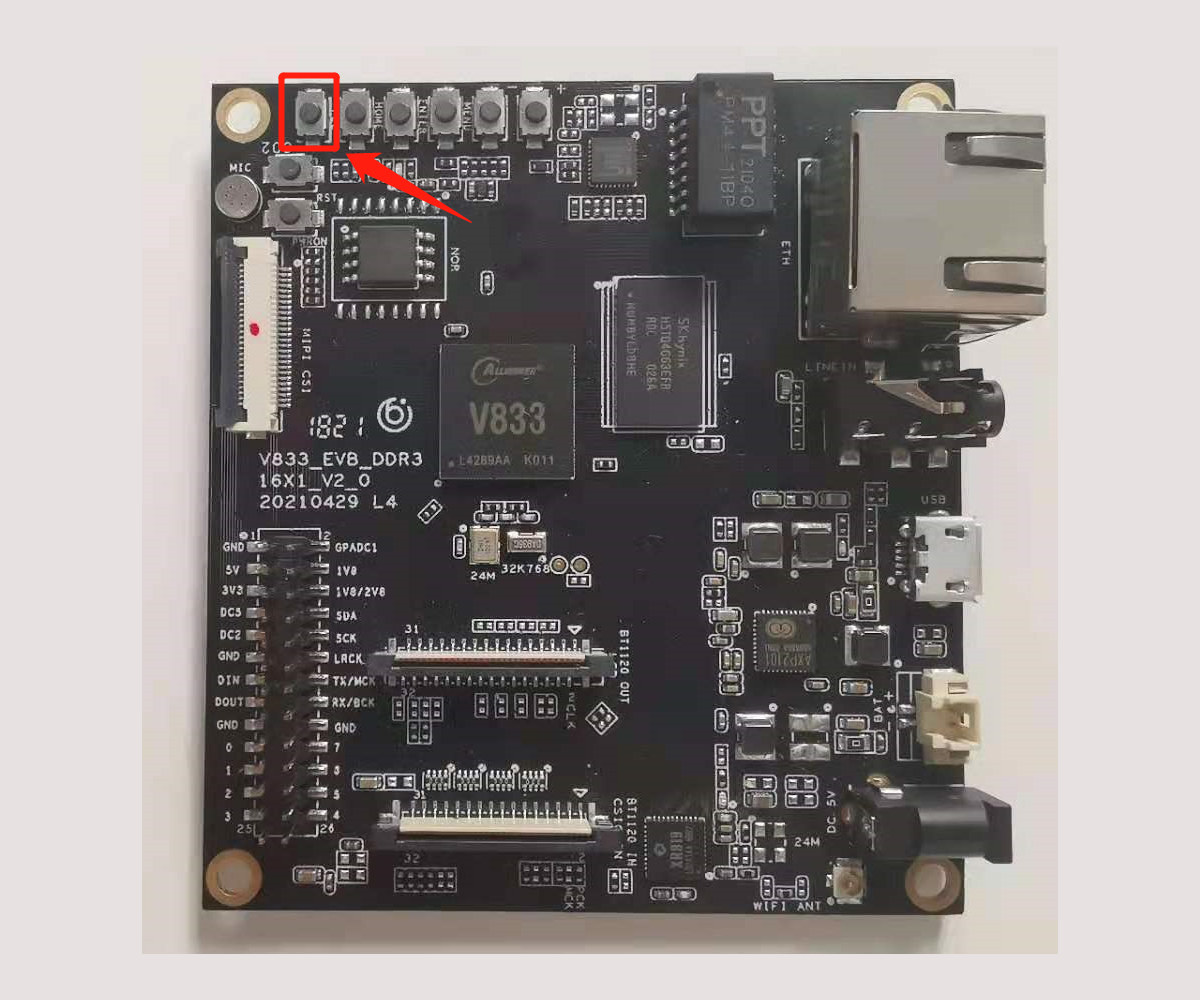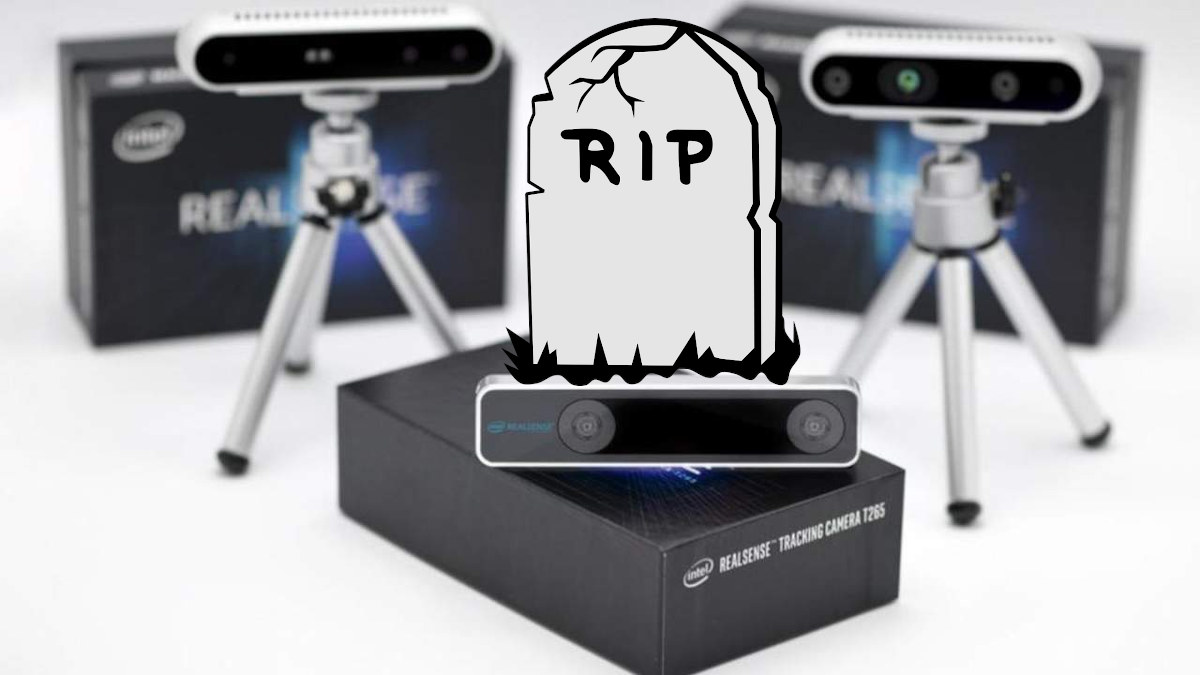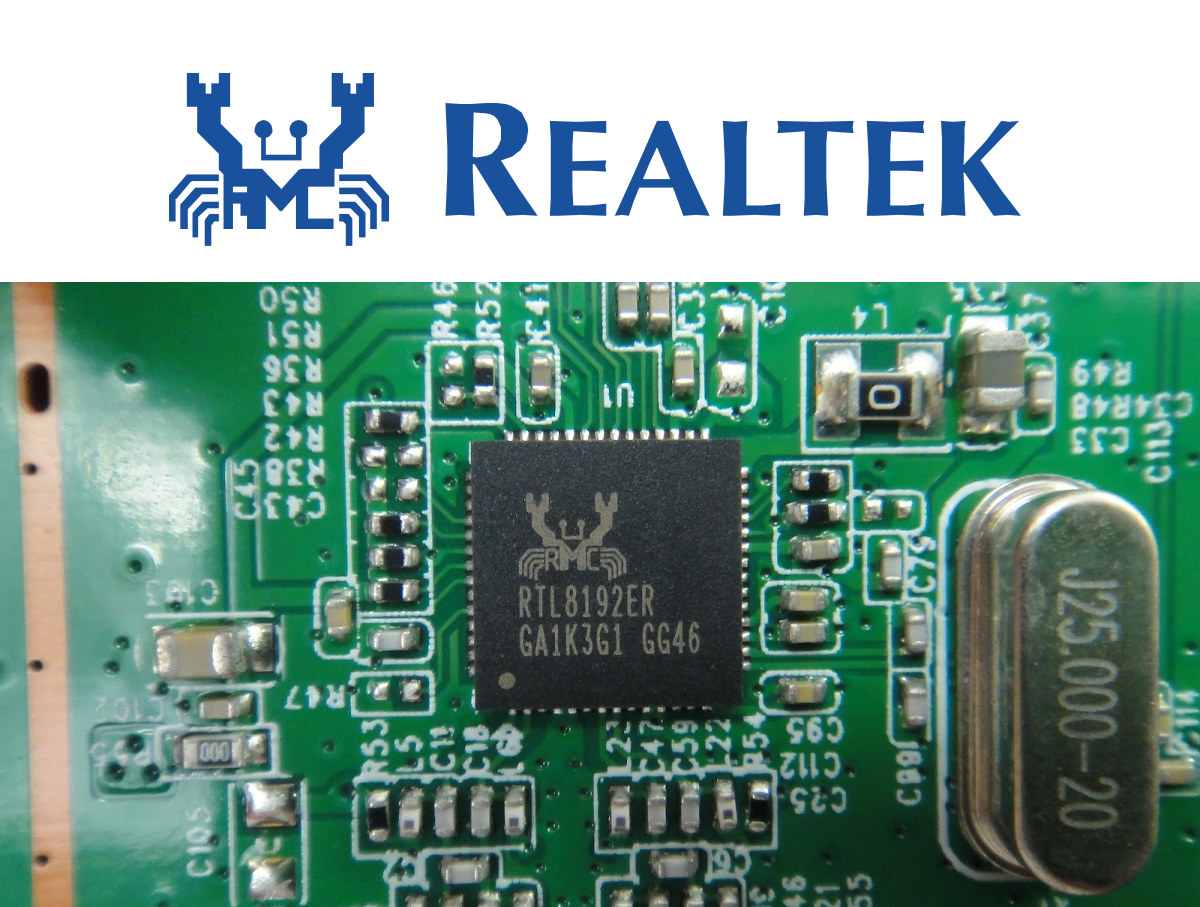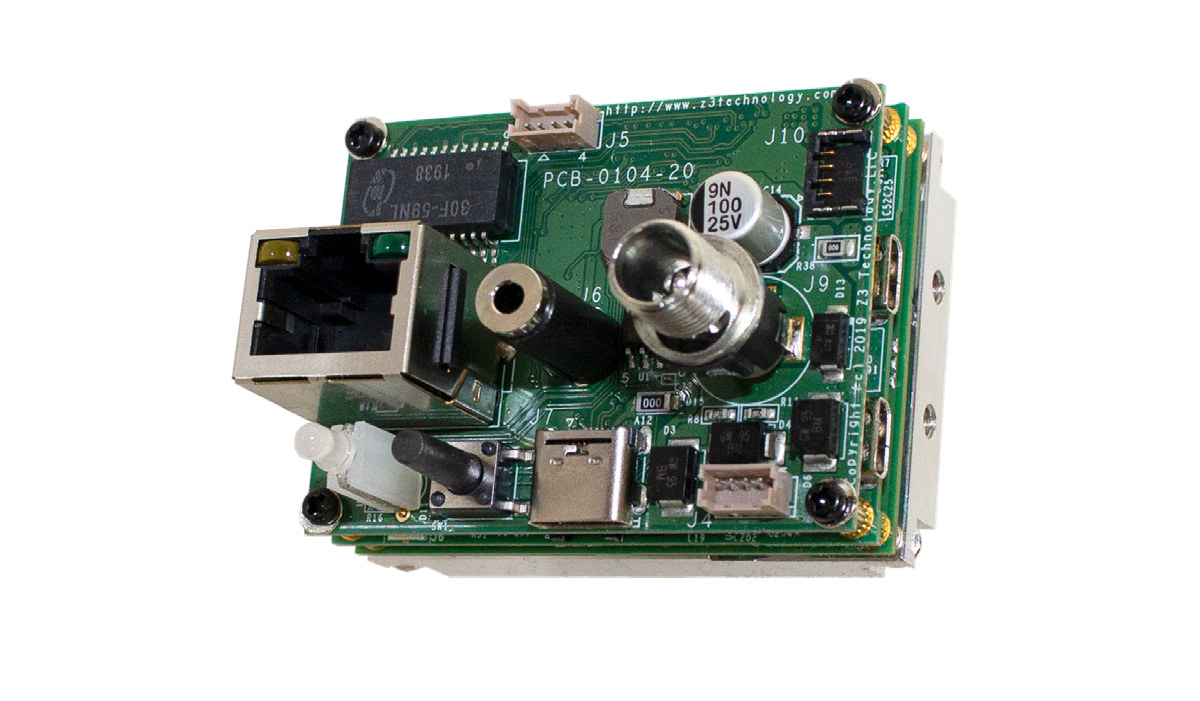Leetop has introduced two carrier boards for NVIDIA Jetson Nano or Xavier NX modules, with Leetop A205 a full-featured carrier board offering five SATA ports, six MIPI CSI camera interfaces, an M.2 Key E slot, dual Gigabit Ethernet, four USB 3.0 ports, dual HDMI output and more, as well as the more compact Leetop A203 about the size of the modules themselves and offering Gigabit Ethernet, HDMI output, USB 3.0/2.0 ports, a camera interface, and an M.2 slot for optional WiFi and Bluetooth connectivity. We’ll focus on the former in this article, as it offers more features, and the smaller board provides less functionality than the NVIDIA Jetson Nano developer kit at a much higher price, although I understand it can still be useful for space-constrained applications. Leetop A205 specifications: Supported SoMs – NVIDIA Jetson Nano and Jetson Xavier NX Module Compatibility Storage – 5x SATA ports, MicroSD card slot […]
$25 “Raspberry Pi 3 mini” board comes with a camera interface, USB & I/Os headers
TPCast-VR, aka “Raspberry Pi 3 mini”, is a compact board based on Broadcom BCM2837 quad-core Cortex-A53 processor, and that should come as part of Element14’s Raspberry Pi customization program, just like the custom Raspberry Pi 3 SBC with eMMC flash designed for laundry gateways that I noticed a few months ago. The board was initially integrated into the power box of the TPCAST Wireless Adaptor for HTC Vive and Oculus Rift virtual reality headsets, but eventually found its way into other applications notably FPV drones, and it’s now sold separately, as we’ll see further below. I found about the board via a tweet from Will Whang who purchased it for under $20 at the beginning of the year, and discovered the connection with the TPCast wireless adapter. TPCast-VR board specifications: SoC – Broadcom BCM2837 quad-core Cortex-A53 processor @ 1.2GHz with Videocore IV GPU System Memory – 1GB RAM Storage – […]
OpenNCC Nighthawk – A face blurring AI camera based on Myriad X VPU
We’ve just written about OpenCV Ai Kit Lite computer vision camera based on Intel Myriad X VPU, and OpenNCC Nighthawk is another such programmable camera based on the Intel AI accelerator, but with an IR filter for night vision, and working with OpenNCC-SDK notably supporting real-time face blurring for enhanced privacy. OpenNCC Nighthawk specifications: VPU – Intel Movidius Myriad X MA2085 up to 4 TOPS RAM – 8 Gbits (1GB) LPDDR4 Camera 2MP camera up to 1920 x 1080 @ up to 30fps ~114° Field of View (DFOV) 2.2mm focal length Lens TTL (through the lense) – 24mm Mount – M12 x 0.5mm thread size Day&Night IR Filter – Solenoid excitation type, automatically switch between 0.1~2 lux IR LED – 850nm up to 5m Output Data format – YUV420, YUV422, MJPG, H.264 Misc – Reset, GPIO Host Interface – USB 3.1 TYPE-C port Temperature Range – 0°- 50° The camera […]
OpenCV AI Kit Lite – A compact 4K Tri-camera kit for computer vision applications (Crowdfunding)
The OpenCV AI Kit “OAK-D” now has a little brother with the OpenCV AI Kit Lite equipped with the same Intel Myriad X-based DepthAI solution with three cameras, but in a much compact form factor and a price slashed to as low as $79 and up. Like its predecessor, the OpenCV AI Kit leverage the Myriad X AI accelerator’s capabilities to provide a wide range of real-time computer vision applications, and can be programmed with C++ or Python APIs, as well as graphical user interfaces. OpenCV AI Kit Lite (OAK-D Lite) specifications: Intel Myriad X-based DepthAI with 4 TOPS of AI performance Cameras (made by ArduCam) Color Camera IMX214 (PLCC) with 4208×3120 resolution, 1.348:1 aspect ratio 1/3.1 inch Lens size 81.3 degrees DFOV Focus range 8cm – ∞ Stereo Camera specifications: Omnivision OV07251-G04A-1E (COB) with 640 x 480 resolution, 1.333:1 aspect ratio 1/7.5 inch lens size DFOV: 85.6,HFOV: 72.9, VFOV: […]
Allwinner V833 AI video development board runs Tina Linux or Melis RTOS
Lindenis V833 is an AI video/camera development board based on Allwinner V833 single-core Cortex-A7 processor with a 400 MOPS AI accelerator (NPU) and running OpenWrt-based Tina Linux or Melis RTOS based on the RT-Thread kernel. The board comes with up to 3GB RAM, a MicroSD card socket, MIPI DSI, MIPI CSI, and BT1120 interfaces for video output and input, Gigabit Ethernet, 2.4 GHz WiFi, and a few other I/Os. Lindenis V833 specifications: SoC – Allwinner V833 single-core Arm Cortex-A7 processor @ up to 1.2 GHz with H.265/H.265 1080p video encoder, MJPEG 1080p video encoder, 400 MOPS AI accelerator (See PDF datasheet) System Memory – Up to 3GB DDR3/DDR3L Storage – MicroSD card slot with support for SDHC and SDXC, SPI NOR flash Display Interfaces 4-lane MIPI-DSI up to 1080p BT1120 output Touch panel header Video In 4-lane MIPI-CSI camera interface BT1120 input Audio – 3.5mm Line-in jack, built-in microphone Connectivity […]
RealSense end-of-life – Intel is phasing out its RealSense 3D depth cameras
We covered Intel Realsense technology ever since it was unveiled at CES 2014 with a 3D depth camera and Nuance Dragon Assitant voice technology for various AI applications including robotics, digital signage, and 3D scanners. Our last post was in January 2021 about a Rockchip RK3399 based industrial-grade 3D vision camera together with Intel’s announcement of RealSense ID facial authentication. But RealSense is going away according to a report by CRN explaining Intel was phasing out RealSense AI depth cameras. The email from Intel reads in part: We are winding down our RealSense business and transitioning our computer vision talent, technology and products to focus on advancing innovative technologies that better support our core businesses and IDM 2.0 strategy … We will continue to meet our commitments to our current customers and are working with our employees and customers to ensure a smooth transition The transition will be orderly as […]
Realtek AP-Router SDK vulnerabilities could impact millions of routers and IoT devices
The IoT Inspector Research Lab has discovered four high and critical vulnerabilities in the Realtek AP-Router “Jungle” SDK used for RTL819x SoCs that could impact millions of WiFi routers and dongles. An attacker can use a network attack, e.g. without physical access to the device, to generate a buffer or stack overflow helping him access the system and execute his own code. Realtek has released an advisory (PDF) with patchsets for all four vulnerabilities so you should upgrade the firmware if you can. Summary of the four vulnerabilities: CVE-2021-35392 – Realtek Jungle SDK version v2.x up to v3.4.14B provides a ‘WiFi Simple Config’ server called wscd or mini_upnpd that implements both UPnP and SSDP protocols. The server is vulnerable to a heap buffer overflow that is present due to unsafe crafting of SSDP NOTIFY messages from received M-SEARCH messages ST header. CVE-2021-35393 – Also impacts ‘WiFi Simple Config’ server (wscd […]
Compact H.265 4K video encoder is made for embedded, medical, and military applications
US-based Z3 Technology has announced the Z3-Q603-RPS, a compact H.265 video encoder system capable of supporting 4K and HD resolutions for embedded, medical, and even military camera applications through NDAA (National Defense Authorisation Act) compliance. The board runs Linux on Qualcomm QCS603 IoT processor for AI and computer vision applications, which we previously found in Microsoft’s Vision AI Developer Kit, supports Ethernet and WiFI 5 connectivity, as well as features such as PTZ (Pan Tilt Zoom). Z3-Q603-RPS H.264 & H.265 video encoder system is comprised of an application board and a module with the following specifications: SoC – Qualcomm QCS603 (aka Qualcomm Vision Intelligence 300 Platform) with four Armv8 cores (2x 1.6GHz Kryo 300 Gold cores, 2x 1.7GHz Qualcomm Kryo 300 Silver cores ), Snapdragon neural processing engine, Adreno 615 GPU at 780 MHz System Memory – TBD Storage – NAND flash (capacity TBD) , MicroSD card socket Video Output […]


